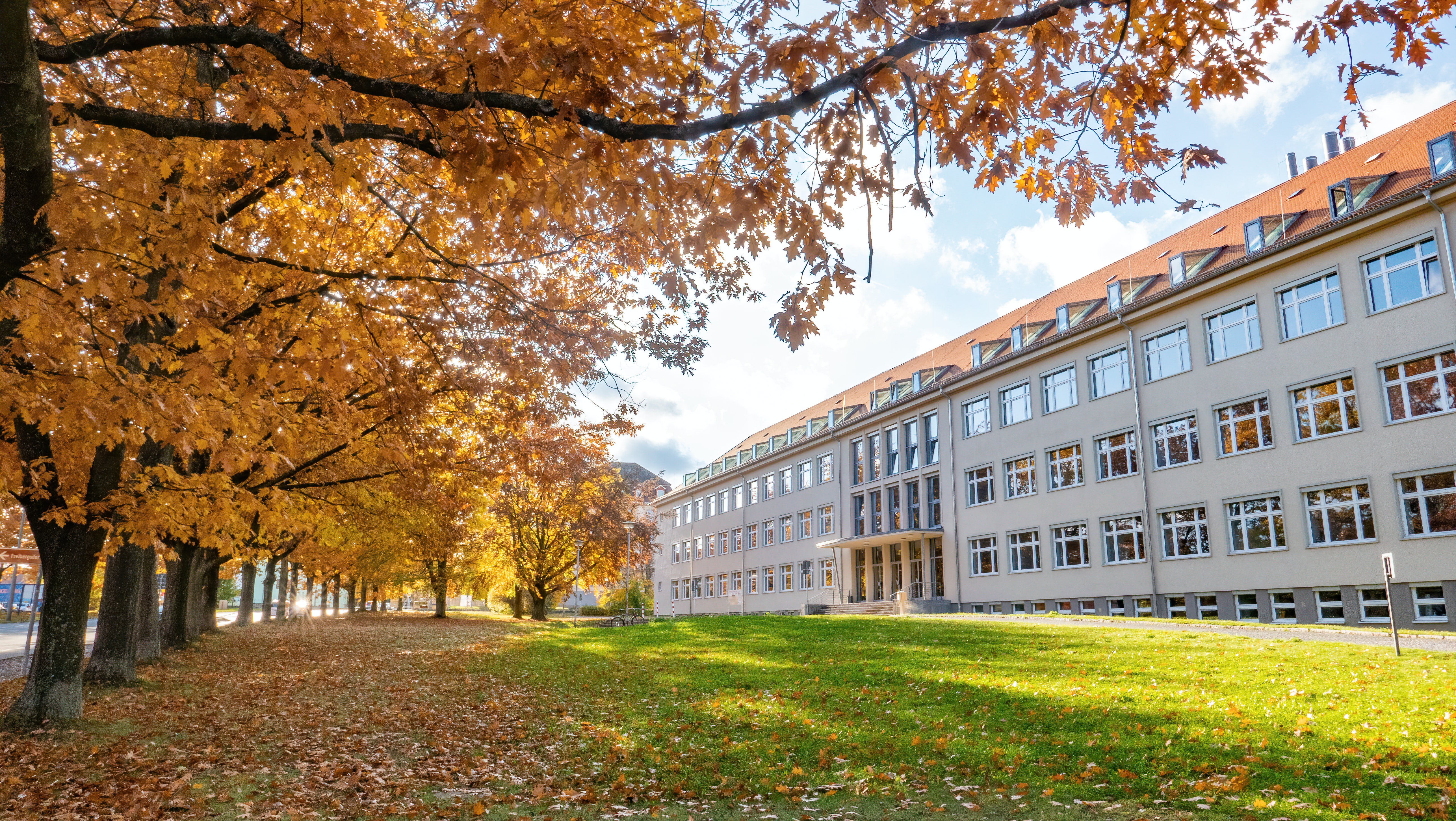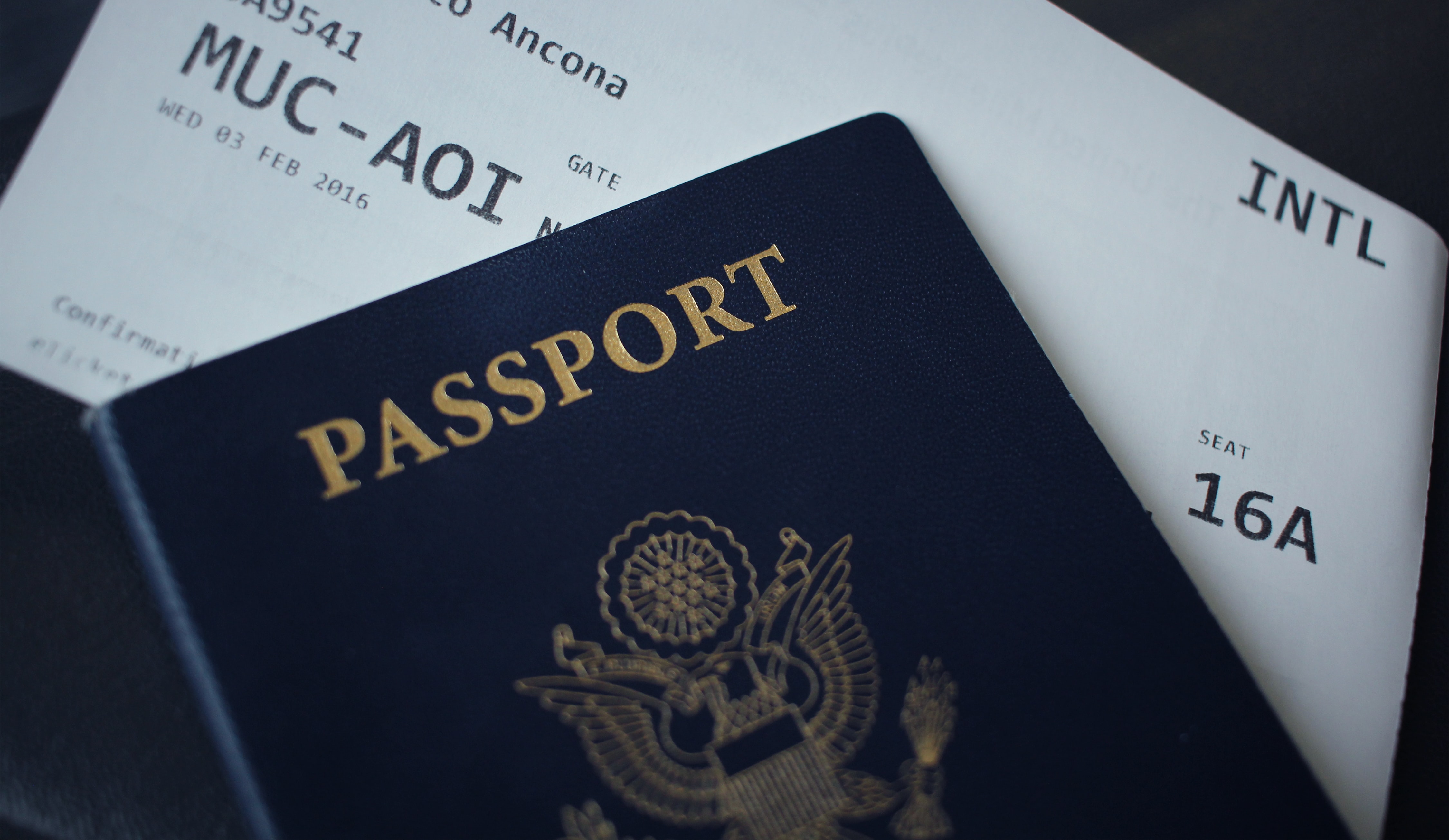
Studying in the United States is indeed an ever-changing experience, as it necessitates meticulous preplanning to assure that you are accepted to your desired university in the optimal intake with minimal administrative setbacks. In terms of studying in the United States of America, there are three intakes.
1. Fall intake
The autumn semester is among the most preferred intakes for foreign students in the United States. The academic session for fall intake period usually takes place from August to September. You should commence initial selection of institutions from March or April of the previous year, if you want to apply for the fall intake. In addition, you should prepare for the requisite English language proficiency exam (IELTS/TOEFL) around June/July. Thereafter, you should begin preparing documentation such as a academic transcripts, statement of purpose, a letter of recommendation, and application essays. After that, you'll be able to apply to universities before the deadline, acquire an i20, and be ready to apply for a visa to study in the United States.
Being part of the autumn admission, you will have access to many post-study employment prospects and apprenticeships since you will have a widespread array and will be knowledgeable of almost any opportunities as quickly as they are publicized. You will be eligible to apply for on-campus jobs such as teaching assistant, library assistant, graduate assistant, and so forth, as you'll have successfully completed nine months in the United States.
2. Spring intake
The spring intake, generally known as the January intake, is the second intake for international students in the United States. Students who were unable to enroll in the autumn semester may apply for this though. It is only offered for a few specific course, like as degrees and certificates, as well as a few master's programs. You should commence research or initial selection of institutions by August, if you want to apply for the spring intake. In addition, you should prepare for the requisite English language proficiency exam (IELTS/TOEFL) by September. Thereafter, you should begin preparing documentation such as a academic transcripts, statement of purpose, a letter of recommendation, and application essays. After that, you'll be able to apply to universities before the deadline, acquire an i20, and be ready to apply for a visa to study in the United States. A spring intake, on the other hand, would prohibit you from seeking for summer jobs since you would not have accomplished the nine-month term requirement.
3. Summer intake
This intake, commonly known as the summer intake, commences around May. It consists of shorter programs, several of which are preliminary in nature, such as language classes for students who do not know English. Since there are less programs available and smaller numbers applicants, the odds of being accepted are better throughout this intake. If you would like to enroll for a summer program, you should begin planning in January and make absolutely sure your visa is issued by March or April.
April 3, 2022

Leaving your comforts zone when it comes to staying in your home/nation to travel to a distant country might well be intimidating initially. However, if you realize the benefits of becoming an international student, it will be much simpler to pursue the notion. Presenting below some of the top reasons to pursue your master's degree overseas:
1.Experience of studying at internationally renowned institutions
Attending overseas education will broaden your perspectives by permitting you to graduate from internationally renowned institutions under the supervision and leadership of some of the best skilled, qualified and experienced experts who have made waves in their own fields.
2.A master program empowers you to specialize in your area
A bachelor's degree education will impart adequate information on your chosen subject of study. Pursuing Master's degree program in the very same field will allow you to specialize and understand the subject in further deeper level. This will increase your authenticity and elevate your career trajectory.
3.Advance Personal and social Skills
Strengthening your linguistic competence will have a positive impact on your career and personal life. You'll build assurance, and be more comfortable while conversing with individuals from various cultures. You will have the opportunity to acquire and enhance personal and social disciplines such as managing time, budgeting, consciousness, and a myriad of many other skills throughout your study abroad stay.
4.Exposure to diverse cultures and opportunities.
When studying abroad, you will be confronted with a wide range of cultural contexts, languages, and customs, as well as the atmosphere, setting, and people, all of which will aid in the development of cultural interaction and compassion. Addressing these concerns will mold you into a better individual. Culture clash is inevitable when traveling and living overseas, but it should be embraced as a beneficial aspect of the experience. Living through a study abroad program will demonstrate how many capabilities you have within yourself to adjust and prosper in a foreign atmosphere.
5.International Degree boost your career trajectory:
Being an international student with a Master's degree and international experience will strengthen your portfolio and expand your professional options in the future, enabling businesses throughout the world eager to hire you. In the event you choose to return home or work overseas, you will undoubtedly benefit from your encounter and experience in terms as to how recruiters perceive you and your Resume. Your CV will be differentiated by the abilities you obtain from studying overseas in the industry.
April 3, 2022

Education in Australia is the finest method to learn about Australian culture while also gaining new abilities. Documents submission is a crucial stage in your Australian visa application. You will normally be asked to provide authenticated or verified copies of original papers to the Australian High Commission.
A minor blunder when completing your documentation might jeopardize your visa application. As a result, seek professional advice or use the Department of Home Affairs visa checklist resources before submitting documents for an Australian student visa. As a student seeking a student visa in Australia, you must first determine if you fulfill all of the qualification criteria and subsequently apply for a Student Visa (Subclass 500).Given below are the essential conditions for obtaining an Australian student visa. If required, you may need to complete specific conditions.
The materials required to apply for an Australian Student Visa are listed below.
1.A valid passport
2.Passport sized photo
3.ECOE (Electronic Confirmation of Enrollment)
4.Academic Transcripts
5.Proof of English Language Competency (IELTS/TOEFL/PTE)
6.Verification of Financial Capability
7.GTE (Genuine Temporary Entrant) statement
8.Specifications regarding OSHC(Overseas Student Health Cover)
9.Statement of Purpose
10.Certificates of professional experience (if applicable)
April 3, 2022

The United States, which is home to a wide range of foreign students, is a popular study location for Nepalese students every year. As a diversified nation, it provide possibilities for overseas students to share knowledge, creation, and pursue a set of advanced trajectories.
In the United States, student visas are divided into two categories: F visas and M visas. Academic studies need a F visa, whereas professional and non-academic courses require a M visa. You can submit for a student visa as soon as you qualify for a student and exchange visitor program (F or M visa).
Documents required for Application for universities in USA.
1. A valid passport
2. Academic Transcripts
3. Standardized Test Scores (SAT/GRE/GMAT)
4. Scores on English language competency
5. Proof of Funds
6. Statements of Purpose
7. Letter of Recommendation
8. Curriculum Vitae or Resume
9. Research projects / Portfolio (for certain programs)
Eligibility for a Student Visa in the United States
A valid passport
A Nonimmigrant Visa Electronic Application (DS-160) Form.
A receipt showing payment of your US$160 non-refundable nonimmigrant visa application processing fee paid in local currency.
Form I-20 and acceptance at a SEVP-approved university.
Photograph was taken within the last six months meeting Visa Requirement.
Transcript of all academic achievement.
Scores on English language examinations as needed by US colleges and universities.
Strong financial backing
Evidence of leaving the United States after completing the course of study. Source: (Travel State Gov, 2022)
April 9, 2022

For Nepalese students, Australia is considered among the most popular overseas study destinations. Around the country, there are 43 universities: 40 Australian institutions, two international universities, and one private university. It is a renowned academic option because of its economical and high-quality educational opportunities, positive environment, and a greater propensity for career progression.
Featuring established settlements, modern facilities, high-quality healthcare resources, a well-functioning transit system, and other amenities, Australia's quality of living is indeed very excellent. Approximately 30 of the world's most desirable places to live, including Sydney, Melbourne, Canberra, Adelaide, and Brisbane, are located in Australia. As a result, when you choose to study at an Australian educational establishment, you will experience a higher level of living.
The safety of international students studying in Australia is taken extremely seriously in Australia. The Education Services for Overseas Students (ESOS) law mandates Australian universities to respect and implement it. The law and regulation safeguards international students' well-being, enhances their quality of life, and ensures that all overseas students have access to authentic and up-to-date information.
Students in Australia can work up to 20 hours per week to finance their expenditures and obtain relevant work experience throughout their academic period.
STUDYING IN AUSTRALIA
Selecting the Right University and Course
Researching your study alternatives, like with any other study location, is the first step in selecting the proper degree and university. You should thoroughly investigate several programs and organizations that provide them, considering scholarships, facilities and assistance provided to international students, as well as their location and costs. It is usually simpler to choose the best fit institution that satisfies your criteria after you have decided on your program.
Application procedure Before you apply to any university, you have to make sure you check the acade-mic and English language admission criteria and timeframes to make sure you're qualified. Academic and English language requirements are the most common entry criteria, and the information are usually stated clearly on the university official site. However, the entrance criteria may differ based on the program and the education institution.
Since Australian universities are allowed to set their respective admissions requirements for programs, they could have a variety of academic prerequisites. In general, an undergraduate education needs a 60 percent or comparable aggregate on Year 12 graduation. Preparatory or Diploma programs are recommended to individuals who do not satisfy the admission criteria. A Bachelor's degree with a grade point average of at least 60% or equivalent is required for admission to a master's program.
Also, International students must therefore fulfill English language competence standards, considering Australian academic institutions only admit students who have a competent command of the English language. Bachelor programs often demand an overall IELTS score of 6.0 with not less than 5.5 in each band or equivalent, while advanced programs typically require an average IELTS score of 6.5 with not less than 6.0 in each band or similar. Various English language courses are strongly advised to students who do not meet the specified the English language prerequisites.
Australian Living Expenses
To get their student visa to study in Australia, foreign students are expected to meet the Department of Home Affairs' funding commitments. Considering the general living expenses is crucial planning, and here are some of the costs of living and studying in Australia:
Accommodation
Hostels and Guesthouses- $90 to $150 per week
Shared Rental- $95 to $215 per week
On campus- $110 to $280 per week
Homestay- $235 to $325 per week
Rental- $185 to $440 per week
Boarding schools- $11,000 to $22,000 a year
Other living expenses
Groceries and eating out- $140 to $280 per week
Gas, electricity- $10 to $20 per week
Phone and Internet- $15 to $30 per week
Public transport- $30 to $60 per week
Car (after purchase)- $150 to $260 per week
Entertainment- $80 to $150 per week
Source: (Study Australia, 2022)
Please keep in mind that the costs listed above are simply estimates and are in Australian dollars.
INTAKES
In broad sense, Australian education institutions have two intakes: the first semester, which occurs in February and March, and the second semester, which occurs in June, July, and August; meanwhile, certain academic institutions often use a trimester system, with admissions occurring in February, July, and November.
April 9, 2022
